Page 2 - Company
-
Posted: June 10, 2025Categories: NewsletterRead more »
Preserve the Future of Your Research with ScienCell's StemCryo®!
Unlocking the full potential of human pluripotent stem cells (hPSCs) often hinges on effective cryopreservation techniques.
ScienCell provides StemCryo®, a cutting-edge solution designed to ensure the viability and pluripotency of these
-
Posted: June 09, 2025Categories: NewsletterRead more »
Unraveling Cellular Dynamics: Explore Dermal Fibroblasts from ScienCell!
Fibroblasts, fundamental mesenchymal cells derived from the embryonic mesoderm, are widely utilized in cellular and molecular research due to their ease of culture and robust nature. These versatile cells are key secretors of a
-
Posted: June 09, 2025Categories: NewsletterRead more »
Accelerate your Stem Cell Research with Growth Factors and Recombinant Proteins from ScienCell!
Stem cells are multipotent cells with the ability to self-renew, self-replicate, and differentiate into multiple cell types, including mesenchymal stem cells (MSCs), hematopoietic stem cells (HSCs), neural
-
Posted: June 05, 2025Read more »
Save Time. Reduce Variability. Get Results.
Ready-to-Use Molecular Biology Products from Primary Cells
Working with primary cells is essential for biologically relevant data, but sourcing tissues, isolating cells, and extracting high-quality RNA, DNA, or protein can be time-consuming, expensive, and
-
Posted: May 28, 2025Categories: NewsletterRead more »
Unlock Hidden Insights: Pseudogene Analysis with GeneQuery™ qPCR Kits!
Pseudogenes are DNA segments similar to functional genes but with lost function. They were first described in 1977. Based on origin, they are classified as processed (e.g., human PTENP1), non-processed (e.g., human ARHGAP27P1), or
-
Posted: May 28, 2025Categories: NewsletterRead more »
Unlock Your Research Potential with ScienCell's High-Quality Macrophages!
Macrophages are crucial cells in the body, known for their role in removing cellular debris and destroying invading pathogens. Their main functions include phagocytizing invading microorganisms and scavenging dead, damaged cells,
-
Posted: May 27, 2025Read more »
Why Every Researcher Should Care About Metabolite Assays?
Several key metabolites play crucial roles in cellular bioenergetic homeostasis. ScienCell has developed sensitive assays to accurately quantify L-lactate, glucose, glutamate, and pyruvate.
L-Lactate is a key intermediate in glucose metabolism
-
Posted: May 26, 2025Read more »
Unlock the Power of Differentiation with Mesenchymal Stem Cells from Adipose, Liver, Bone, and Umbilical Cord!
Why Choose Our MSCs? Our Mesenchymal Stem Cells are:
- Multipotent—capable of differentiating into a variety of lineages, such as osteoblasts, chondrocytes, endothelial cells, hepatocyte-like
-
Posted: May 21, 2025Categories: NewsletterRead more »
Astrocytes are the most abundant cell type in the central nervous system (CNS). They serve a variety of vital functions including supporting neuronal transmission and survival, regulating the blood-brain barrier, contributing to anti-inflammatory responses, and aiding in wound repair.
Astrocytes also
-
Posted: May 19, 2025Categories: NewsletterRead more »
GeneQuery™ Disease Models qPCR Array Kits are powerful tools for understanding the molecular mechanisms underlying disease onset and progression. By measuring the activity levels of specific genes, researchers can gain crucial insights into disease pathways, identify potential biomarkers, and evaluate
-
Posted: May 18, 2025Read more »
Drive Liver Research Forward with Hepatic Stellate Cells
Hepatic stellate cells (HSteC) are essential intralobular connective tissue cells that perform diverse functions in the liver, including extracellular matrix homeostasis, repair, regeneration, fibrosis, and control of retinol metabolism, storage,
-
Posted: May 15, 2025Read more »
Leading the way in providing advanced tools for life science research, ScienCell Research Laboratories offers high-quality, well-characterized neural stem cell products derived from pluripotent stem cell sources, along with supporting reagents.
These products provide unique advantages for diverse applications,
-
Posted: May 15, 2025Categories: NewsletterRead more »
Advance Your Telomere Research Using ScienCell’s Absolute Telomere Length Quantification qPCR Kits!
Understanding Telomeres and Their Role in Genomic Stability
Telomeres are nucleoprotein structures that cap chromosome ends, protecting them from degradation and ensuring genomic stability. Each cell
-
Posted: May 14, 2025Read more »
In cellular and molecular research, the quality and reliability of your reagents are paramount to achieving reproducible and meaningful results. ScienCell offers a selection of high-quality
cell culture reagents designed to support critical steps in your experimental workflows!
Essential Solutions
-
Posted: May 14, 2025Read more »
Building and maintaining consistent 3D spheroid models can traditionally involve long and complex workflows sometimes described as tedious and rate limiting.
Our featured ready-to-use 3D spheroid kits address this challenge. These innovative products allow researchers to obtain highly homogenous and
-
Posted: May 12, 2025Read more »
Achieving physiologically relevant in vitro models is paramount for groundbreaking research. The extracellular matrix (ECM) plays a critical role in cell behavior, influencing everything from adhesion and spreading to growth and differentiation.
To provide your cells with the optimal environment,
-
Posted: May 11, 2025Read more »
Introducing the New and Improved GoldNStart TaqGreen qPCR Master Mix –
Now with 2-Color Tracking! (Cat. #MB6018DCT)
ScienCell’s trusted GoldNStart TaqGreen qPCR Master Mix just got even better. Our latest upgrade features an integrated 2-color tracking system designed to make your qPCR workflow faster,
-
Posted: May 08, 2025Read more »
Primary Human Cells for Hair Growth Research
As the demand for advanced models in regenerative medicine and hair restoration therapies grows, so does the need for reliable, physiologically relevant primary cells.
ScienCell Research Laboratories offers a suite of human hair follicle cell types to
-
Posted: May 06, 2025Read more »
Say goodbye to the hassle of designing and validating primers!
ScienCell Research Laboratories offers over 5,400 individual primer sets for human and mouse gene expression analysis, plus our GeneQuery™ qPCR Array Kits for high-throughput studies. Each lyophilized primer set is pre-validated and provides
-
Posted: May 04, 2025Categories: NewsletterRead more »
NK Cells
NK cells are a type of cytotoxic lymphocyte that plays a critical role in the innate immune system’s defense against infected and cancerous cells. Unlike T cells, which are part of the adaptive immune response, NK cells do not require prior activation to kill their targets. Instead, they can
-
Posted: May 01, 2025Read more »
Advance Regenerative Medicine and Muscle Biology with ScienCell's Primary Human Skeletal Cell Systems
Unlock Deeper Insights into Muscle Physiology
ScienCell Research Laboratories offers a robust foundation for skeletal muscle research with our high-purity Human Skeletal Muscle Cells (HSkMC, Cat. #3500) -
Posted: April 30, 2025Read more »
Expand Your Research Horizons with ScienCell's Diverse Dermal Fibroblasts!
Dermal fibroblasts, derived from the embryonic mesoderm are fundamental components of the skin's dermis layer. Their versatility and ease of culture make them extensively used in cellular and molecular studies. Due to their durability,
-
Posted: October 06, 2022Read more »
Telomere “caps” are located at the ends of all chromosomes, including those of the immune system’s T-lymphocytes (T cells), and become shorter with every cell division. Once these chromosomes reach a point where the telomere is too short to provide adequate protection, division ceases and the cell proceeds
-
Posted: April 30, 2020Read more »
Hepatic sinusoidal endothelial cells (HSEC) are fascinating cells that are uniquely adapted to their location in the liver. HSEC are found lining micro-vessels in the liver and are extremely specialized endothelial cells. Structurally and functionally they have distinctive features which include: open
-
Posted: April 03, 2020Read more »
Epithelial cells are the most numerous cells in the lungs and contribute to innate and adaptive immunity. Airway epithelial cells are located in the lower respiratory tract which includes the trachea, bronchi, small airways (bronchioles), and alveoli. Due to their location, airway epithelial cells are
-
Posted: February 09, 2020Read more »
As of April 10, 2020, the number of U.S. SARS-CoV-2 coronavirus cases surpassed 500,000 with a death toll near 19,000. For over a century, coronaviruses were thought to only cause mild illnesses such as the common cold. With the ou or over a century, coronaviruses were thought to only cause mild illnesses
-
Posted: July 22, 2019Comments: 2Read more »
Traditional 2D cultures have been used widely over the past decades to study cell biology, molecular biology and conduct translation research such as drug discovery. Cells in 2D culture, however, are forced to adopt a planar morphology and maintain cellular interactions only in lateral directions, altering
-
Posted: June 09, 2019Read more »
Hepatic stellate cells have recently gained a great deal of attention regarding their contribution to the progression of diseases such as liver fibrosis, non-alcoholic steatohepatitis (NASH), and hepatocellular carcinoma. They are mesenchymal cells that are located between sinusoidal endothelial cells
-
Posted: February 11, 2019Read more »
ScienCell’s wide assortment of cell culture media is in liquid form and includes Specialty, Classical & Supplement varieties. Each product is designed for optimal nutrition and growth of primary cells. ScienCell’s cell culture media is manufactured and tested to ensure a high standard of quality and
-
Posted: August 28, 2018Read more »
qPCR is a powerful tool for quantification of gene expression levels and copy number variation. Despite the advances in next-generation sequencing (NGS), qPCR still serves as the "gold standard" for gene expression analysis. Due to poor reproducibility and vast lab-to-lab variation, all NGS data requires
-
Posted: May 30, 2018Read more »
When working with primary cells, it is important to remember that they are not cell lines and should be treated with care. At ScienCell, we specialize in primary cell culture and we are very familiar with the common problems researchers encounter when culturing them. We have compiled a list with 13
-
Posted: April 03, 2018Comments: 1Read more »
Cancer immunotherapy is one promising cancer treatment option whereby the host's own immune system is used to treat cancer. The therapy works by either stimulating certain immune activities, or counteracting cancer cell signals that suppress immune responses. Cancer immunotherapy has progressed significantly
-
Posted: October 24, 2017Comments: 3Read more »
Neuronal cell lines are commonly used for in vitro neurobiology studies because they are more easily transfected compared to primary neurons and they proliferate, whereas primary neurons do not. Neuronal cell lines can be induced to differentiate into neuron-like cells, where they express neuronal markers
-
Posted: March 26, 2017Categories: Company, Information, Gene Expression Profiling, Cell Culture Media, Primary Cells, Cell Based Assays, News
-
Read more »
Hello fellow cell enthusiasts! We at team ScienCell just got back from Baltimore, MD, where we attended ToxExpo 2017, the Society of Toxicology’s annual conference. While the cold weather was quite a shock to us Californians, it was such a treat getting to experience what Baltimore had to offer. After
-
Posted: February 14, 2017Read more »
CARLSBAD, Calif. -- ScienCell Research Laboratories, Inc. is a unique supplier of primary Human Schwann Cells to the scientific research community. Schwann cells are glial cells that protect and insulate nerves in the peripheral nervous system.
"There are numerous cell types, such as Schwann cells,
-
Posted: February 14, 2017Read more »
SAN DIEGO, Calif. -- ScienCell Research Laboratories, Inc. recently announced it would be expanding its cell culture products to the gene expression profiling market. ScienCell, who prides itself on supplying unique primary cell types for nearly 20 years, will now supply qPCR array kits and individual
-
Posted: February 14, 2017Read more »
Online webinar hosted by sciencell to learn tips for successful qPCR, a technique for gene expression profiling
CARLSBAD, CALIFORNIA, USA, -- Sciencell Research Laboratories, Inc. , a global provider of primary cells, cell culture media and reagents for life science industry, announced today that it
-
Posted: July 05, 2015Categories: CompanyRead more »
For over a decade, ScienCell Research Laboratories has been a leading provider of human and animal primary cells, cell-derived DNA, RNA and protein, as well as other biological materials. For our business practices, we strictly comply with the following policies:
- We are committed to operating under the



.jpg)
.jpg)
.jpg)
.jpg)
.jpg)
.jpg)
.jpg)
.jpg)
.jpg)
.jpg)
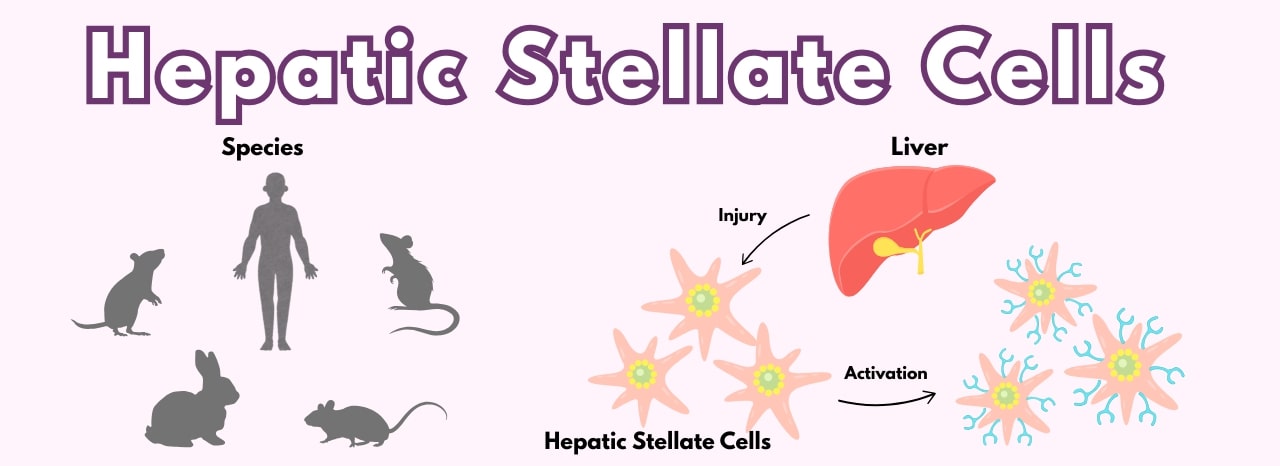
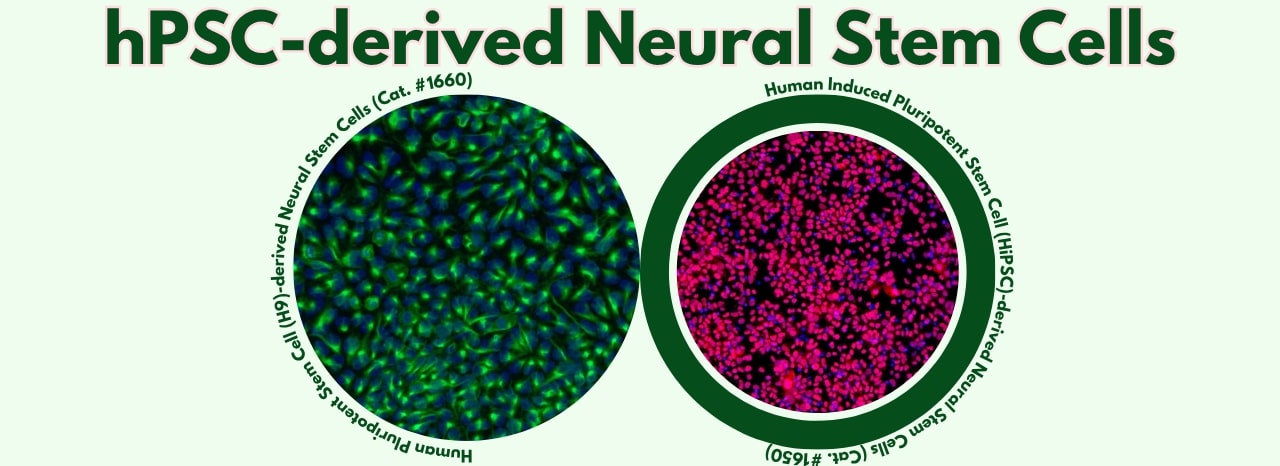
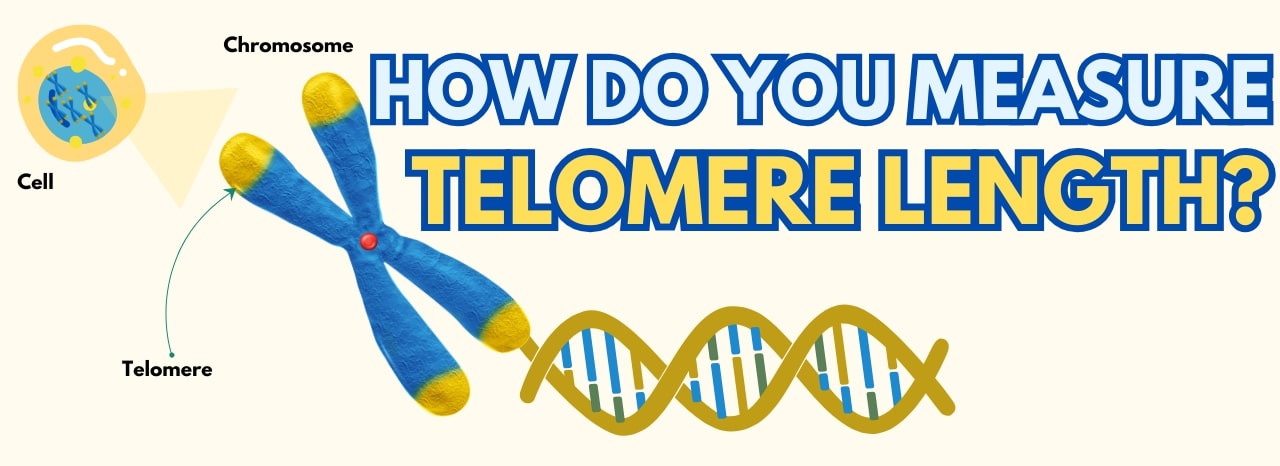

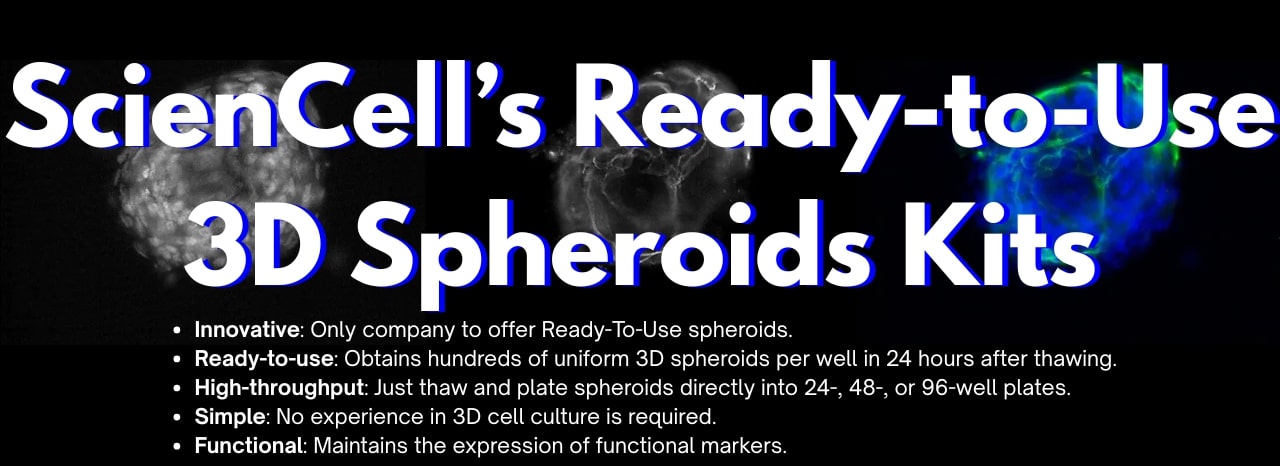
.jpg)

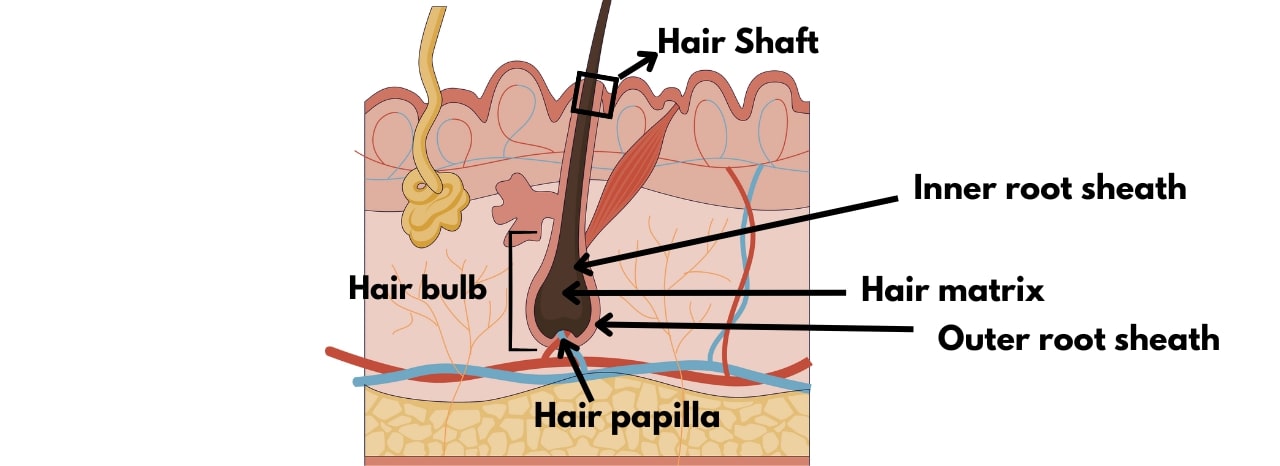
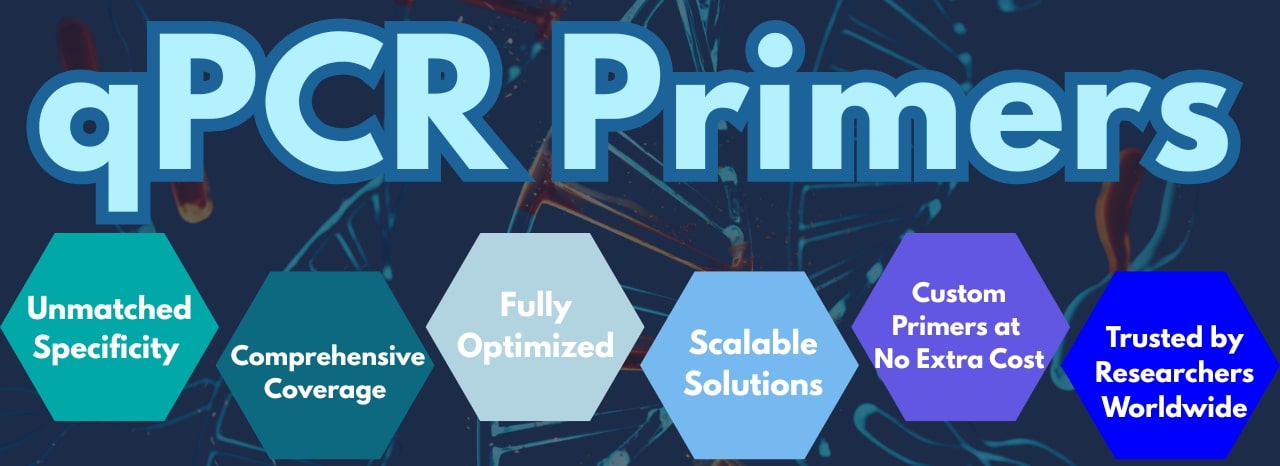
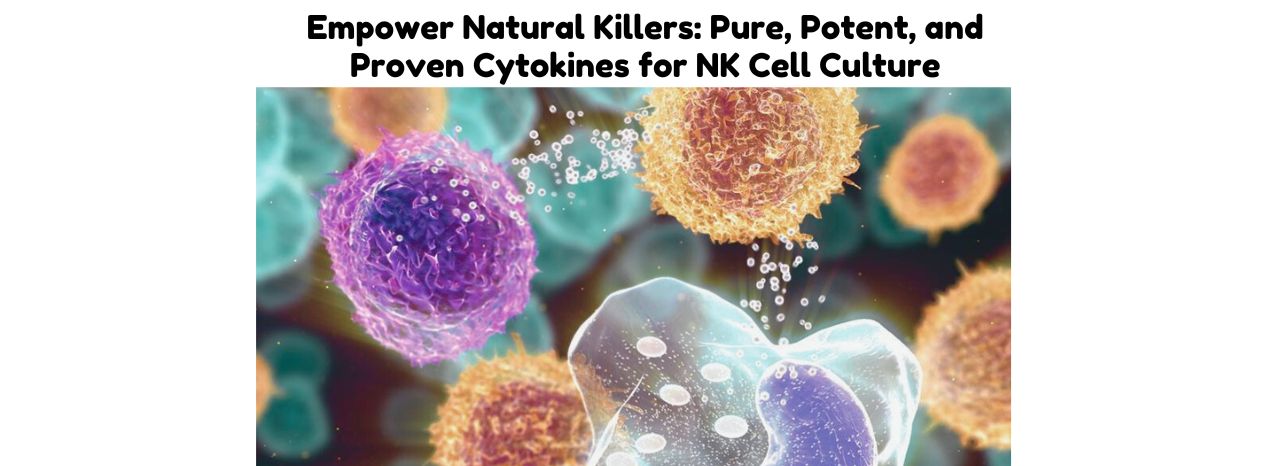
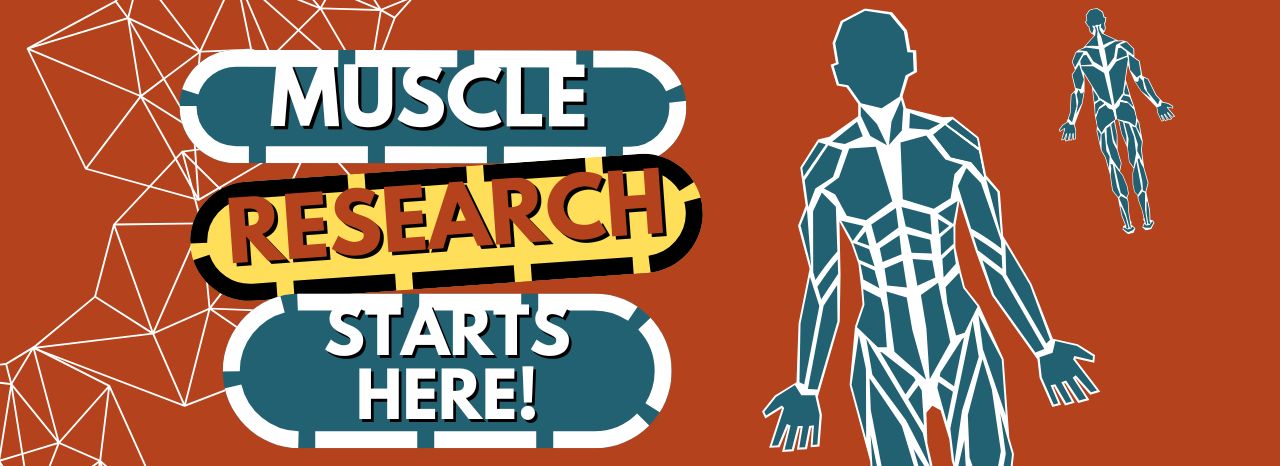
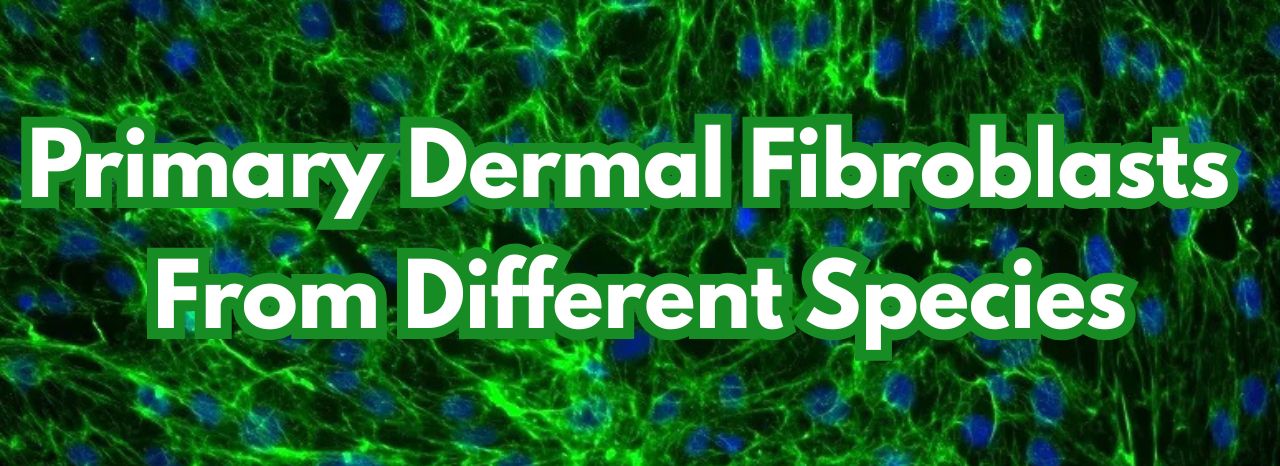

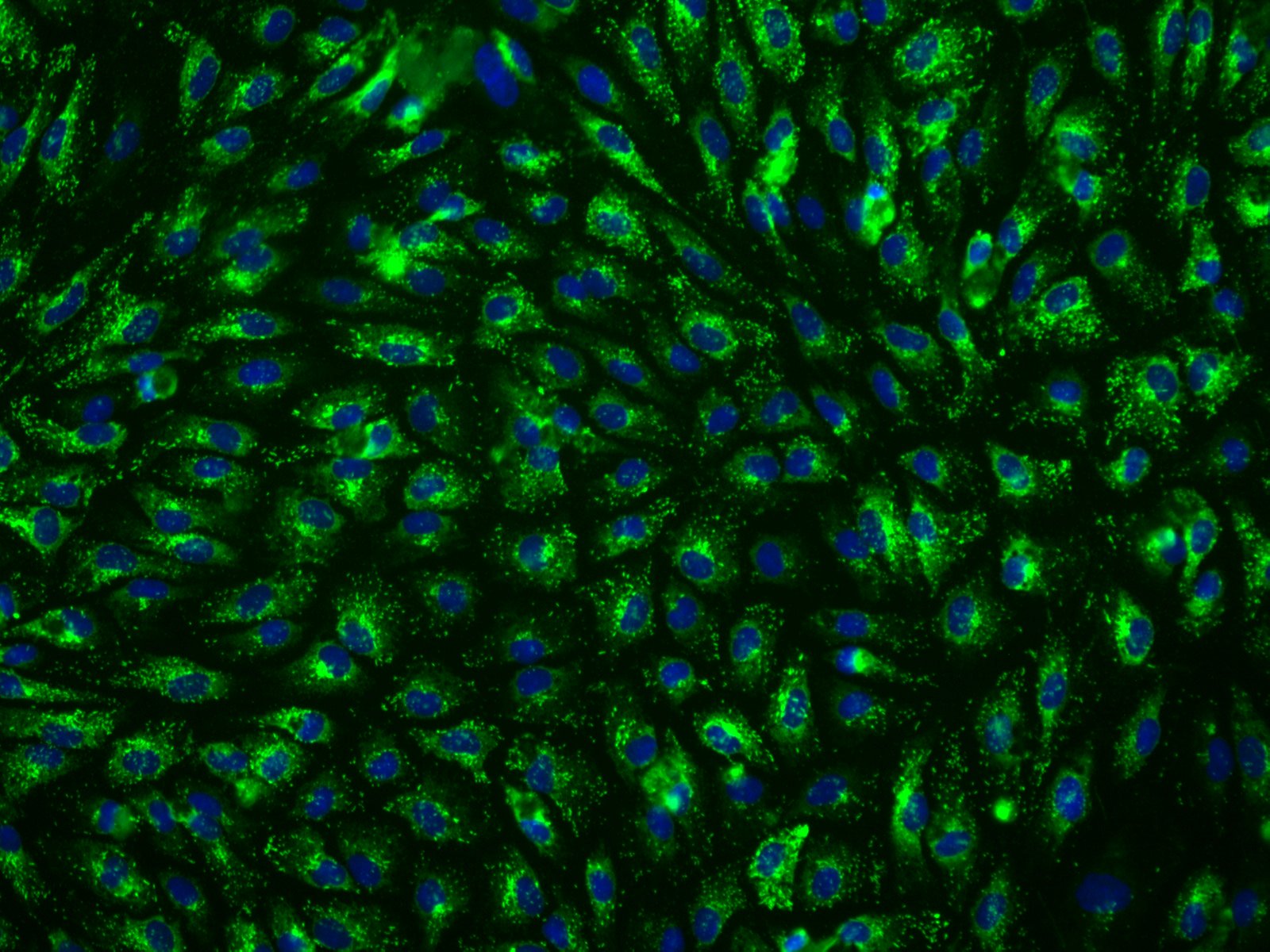
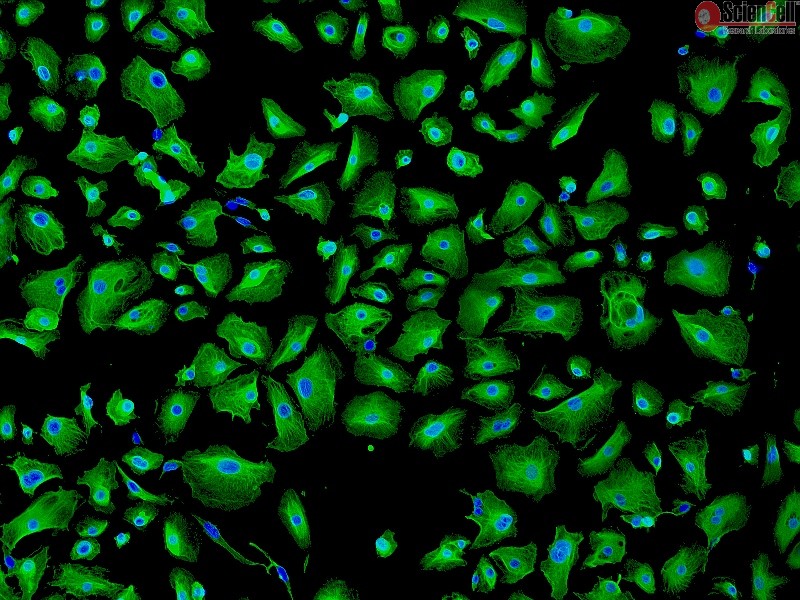
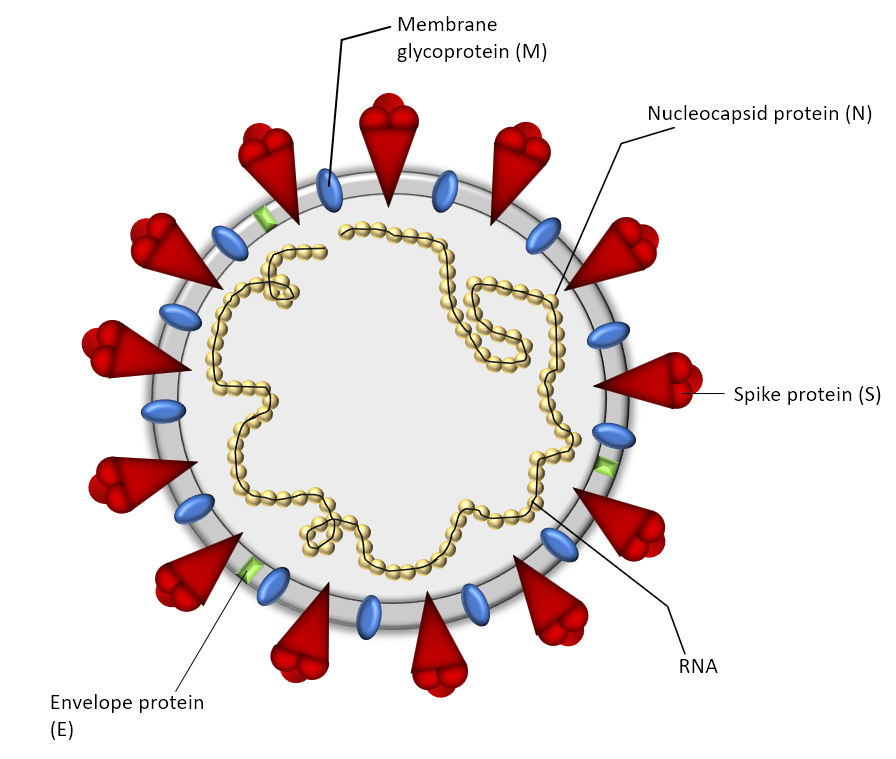


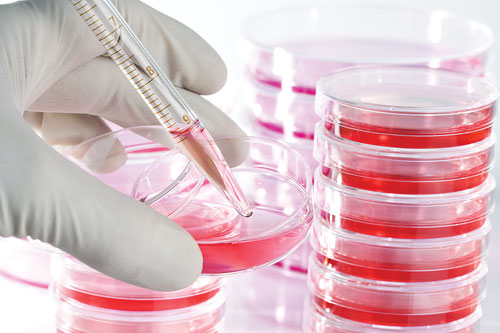
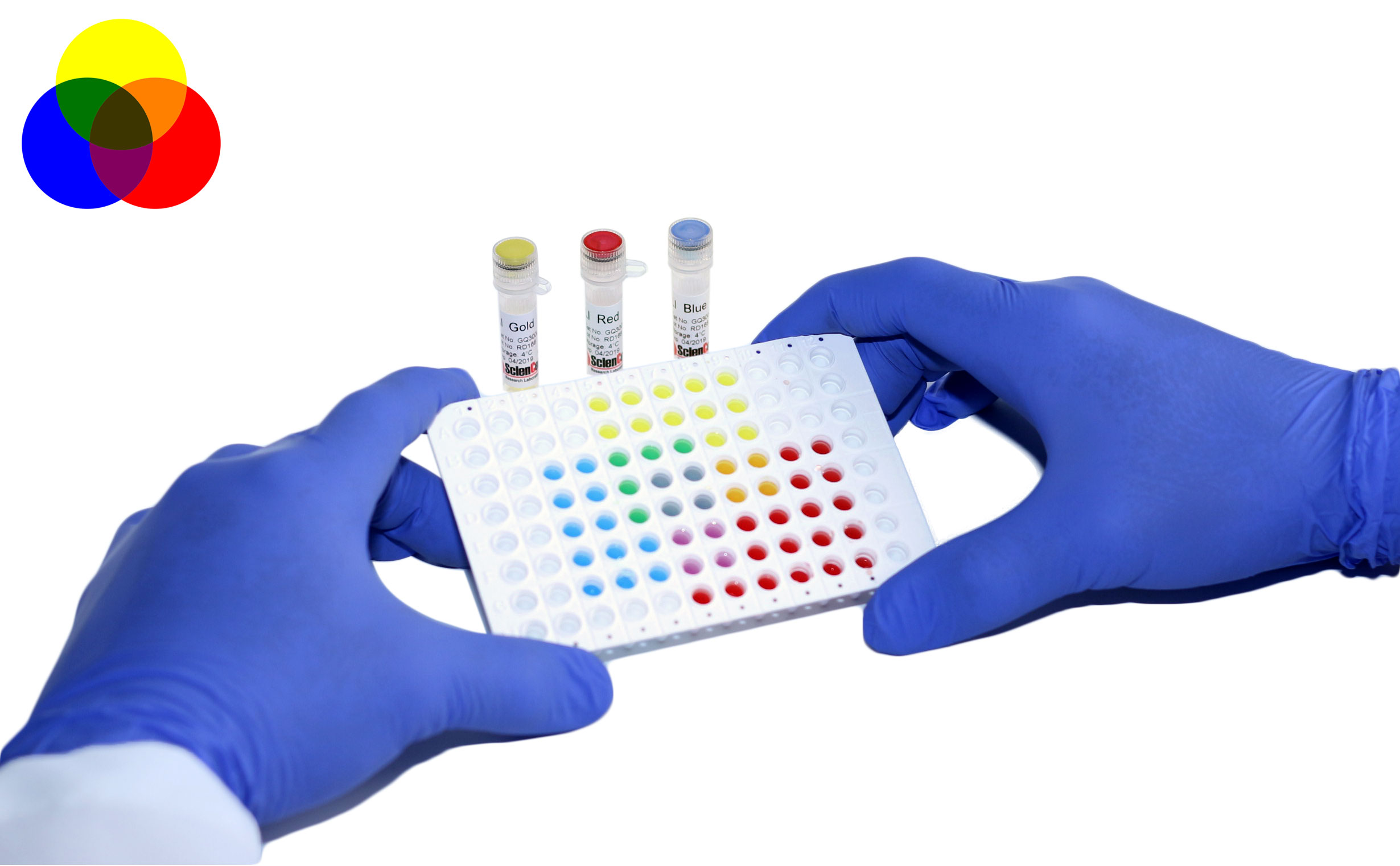
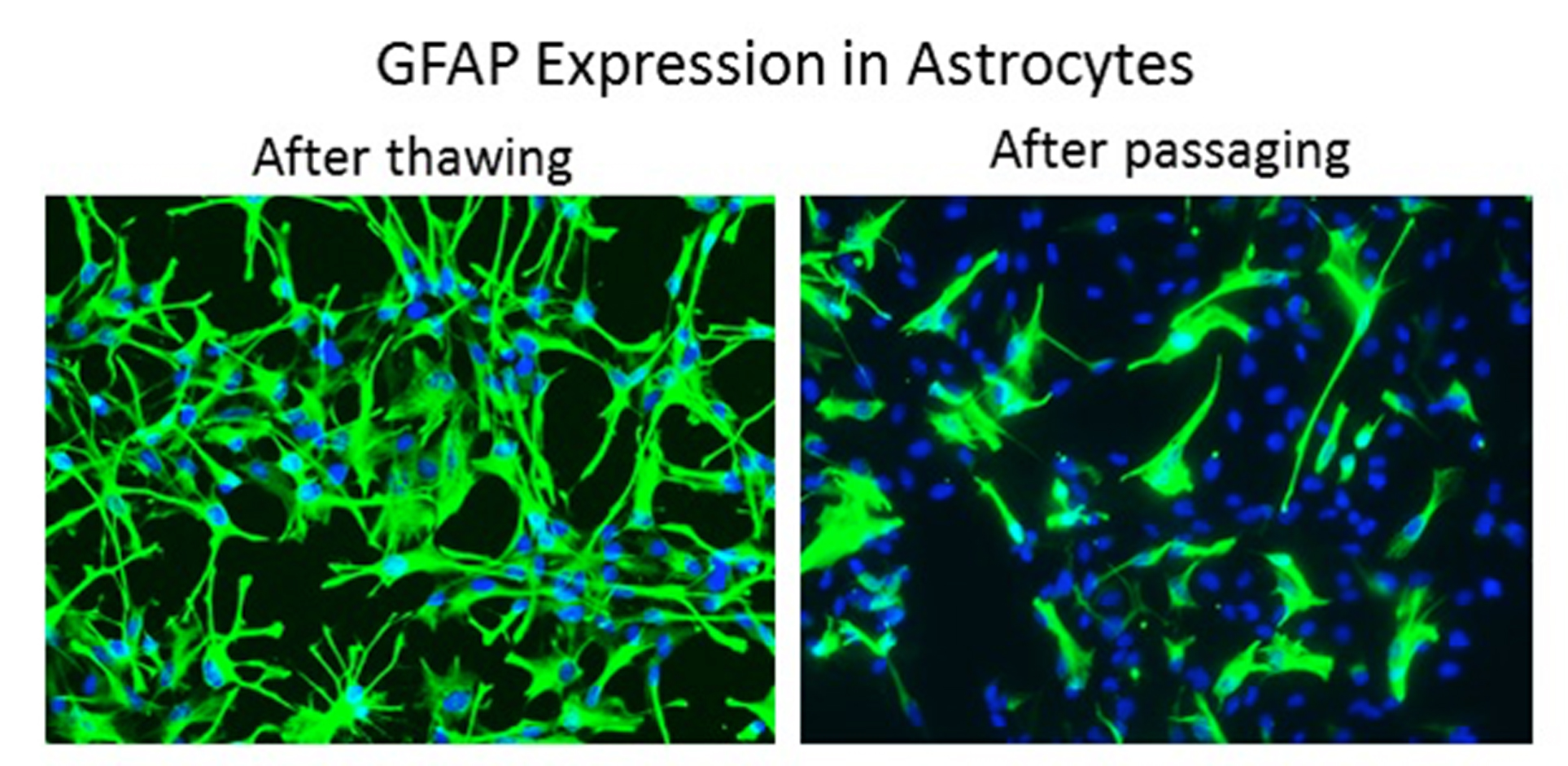
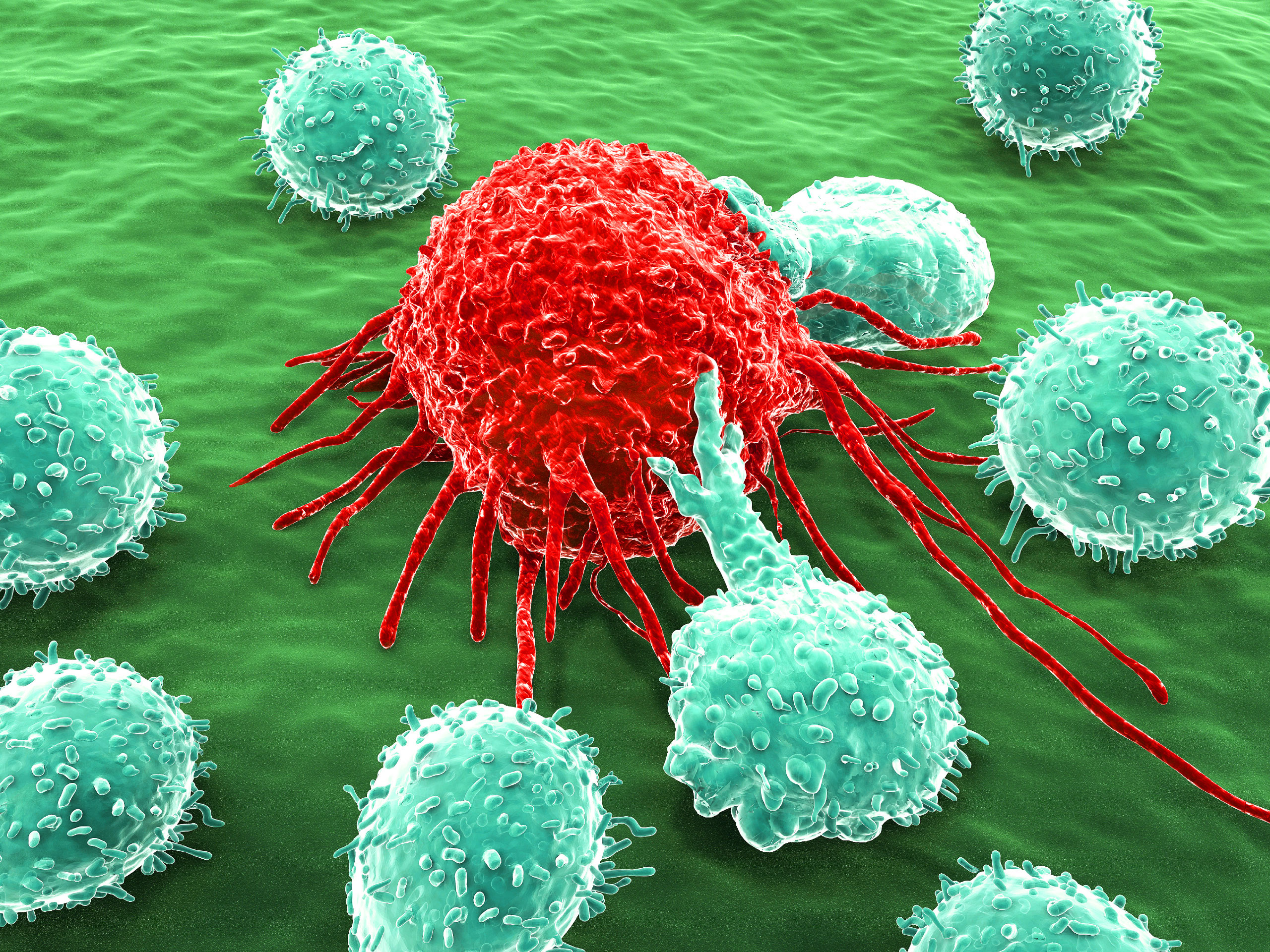


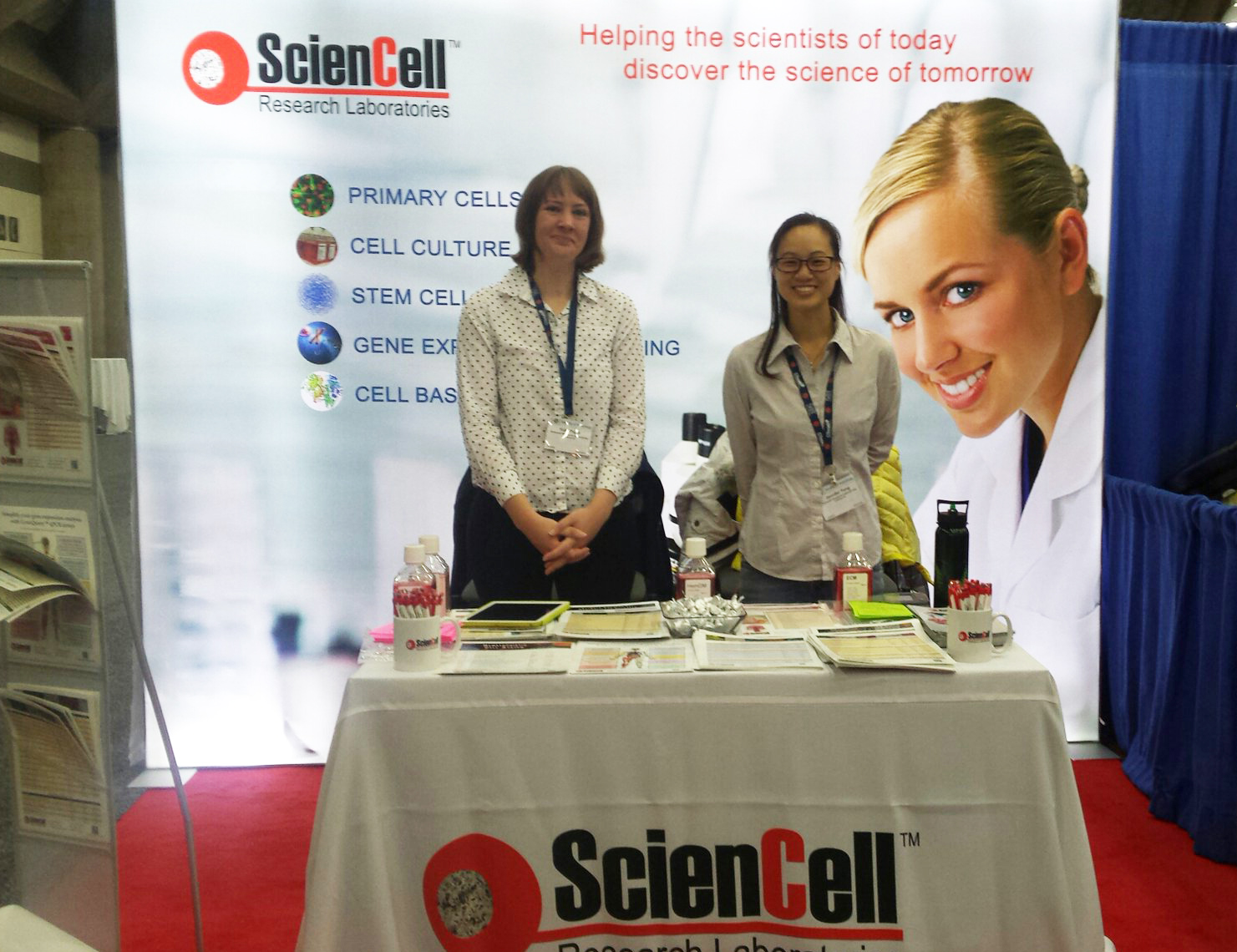
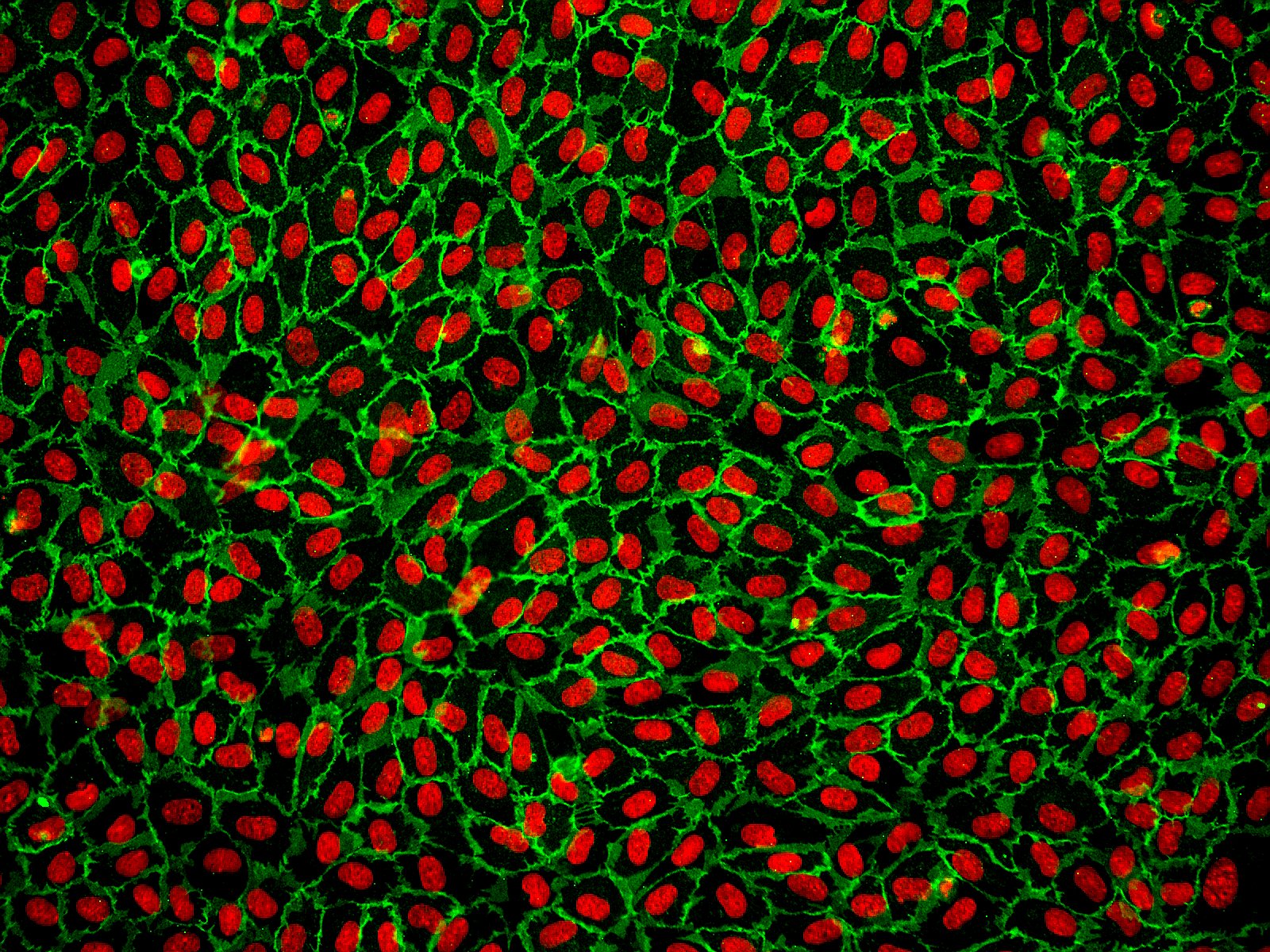
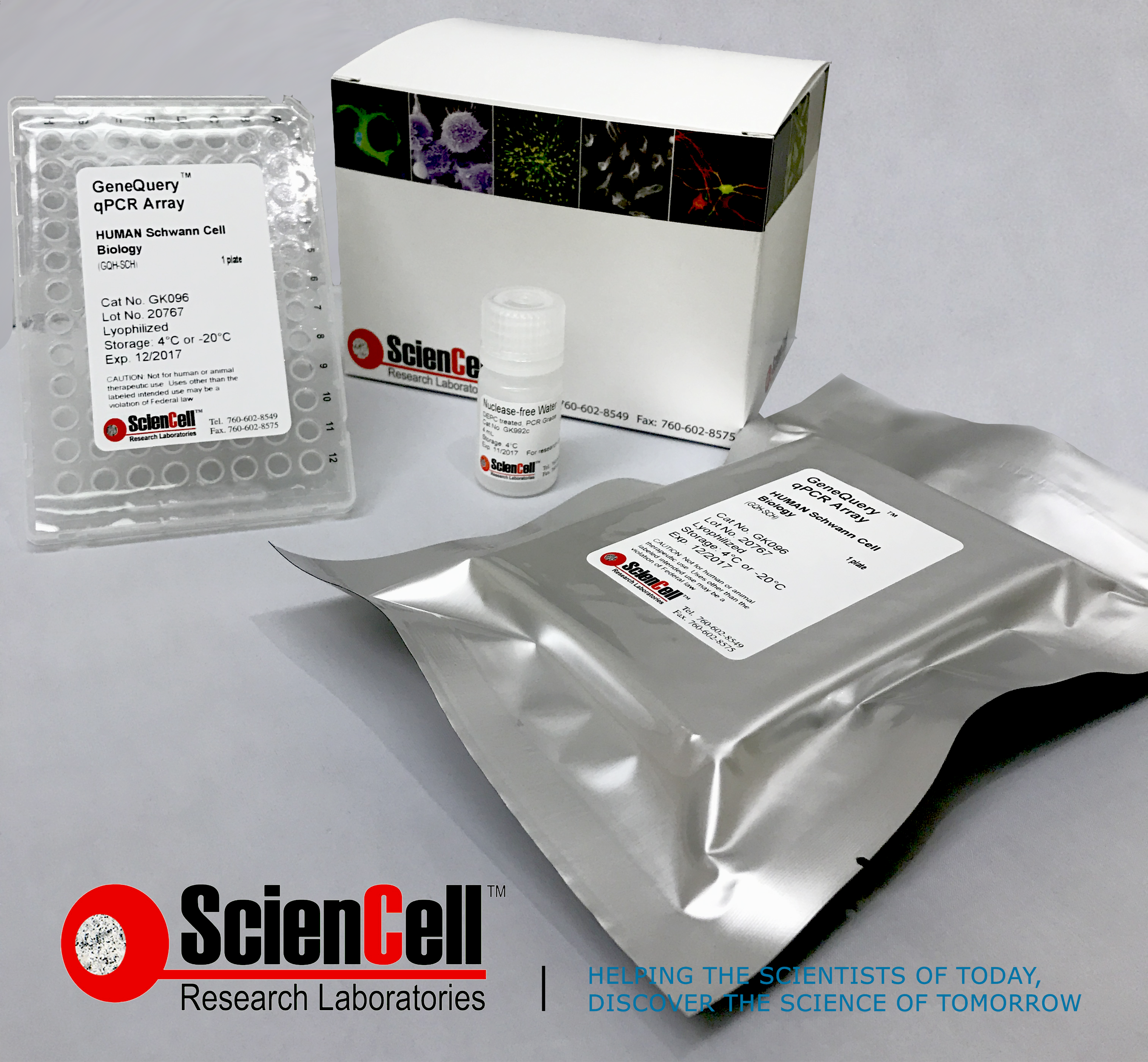



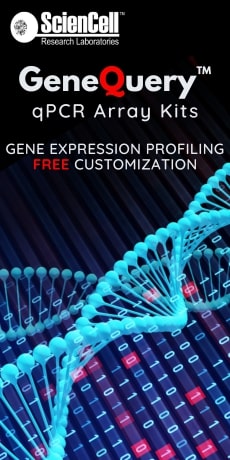
.jpg)
.jpg)
.jpg)
.jpg)
.jpg)